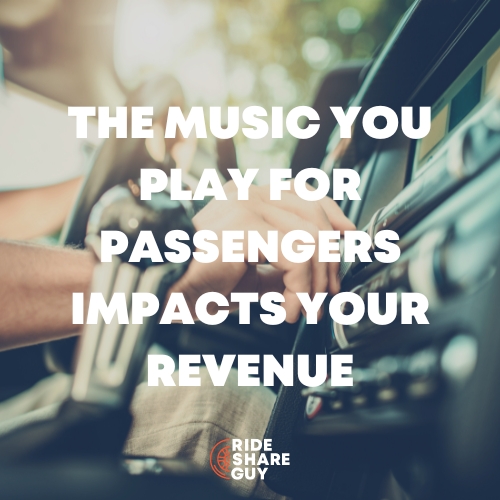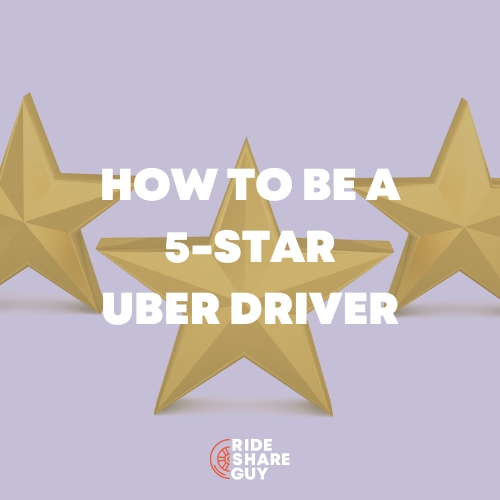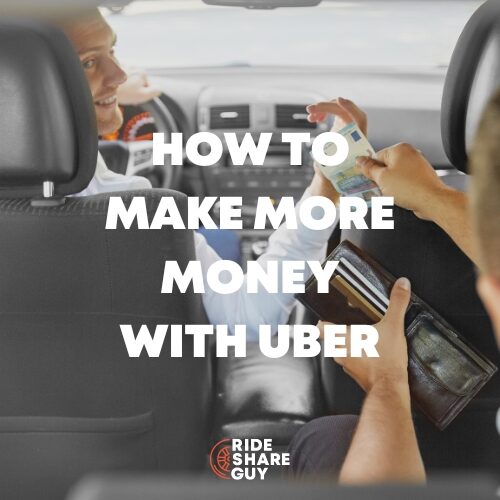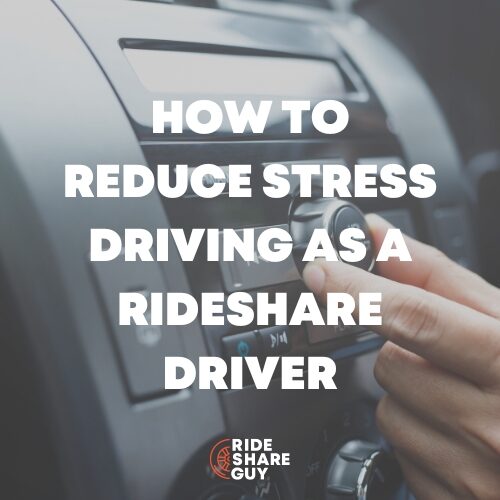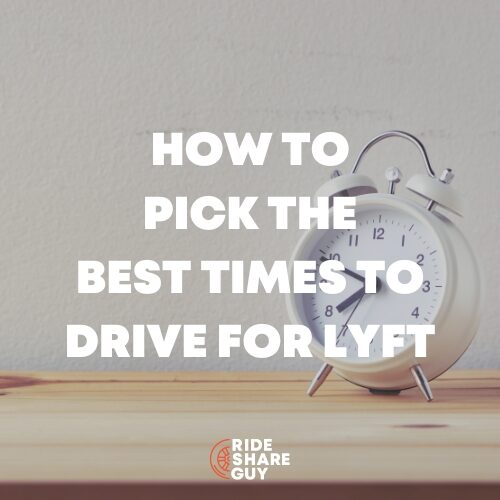We’re understandably getting a lot of questions from drivers who are hesitant to get back to driving. What kind of questions should you ask yourself before getting back on the road – and how can you prepare yourself for a potential rideshare downturn? Senior RSG contributor Jay Cradeur outlines the types of questions he’s answering before he gets back on the road.
In my rideshare driving prime, I would consistently drive 60 hours a week. I would wake up at 3:15 AM, get in my car at 3:45 AM, pick up some coffee and a doughnut, and turn on my Uber and Lyft apps at 4:00 AM. My mornings were full of sleepy passengers heading off to the airport.
Then my morning transitioned to driving caffeinated workers to their jobs. Around 10 AM, things slowed down and I would take a break, go to a Starbucks and reload with a Vanilla Sweet Cream Cold Brew.
I would then drive another couple of hours, eat lunch or work out, and then finish around 7 PM. That was my daily schedule for 5-6 days a week.
My oh my, how times have changed.
Have you thought about what you will do when you have an opportunity to drive again?
Sure, you can drive now if you want to. Our RSG survey on the coronavirus says about 40% of drivers are still out there picking up passengers. 60% of us are not. When the economy picks up, will you go back? Will I go back to my 60 hours per week?
This article will suggest some questions we should all be asking ourselves about our future in the rideshare industry, driving for Uber or Lyft.
Quick links:
- Thinking Beyond Rideshare Driving: Creating Your Plan B
- How to Make Money Fast: 100+ Legit Ideas You Can Start Now
- How to Make $100 Fast
- How to Make $1000
- The Best Side Hustles of 2020
Before Returning to Rideshare Driving, Ask Yourself the Following
1) Is it Safe?
This remains a huge and largely unanswered question. I am not a doctor, but I have been paying attention. Anyone can have the virus and not show signs of the virus. Therefore, anyone who enters my car could be a carrier of the virus.
Then there is the issue of the effectiveness of masks. Masks appear to be most effective at prevention. As long as someone is wearing a mask, they are less likely to spread the virus to others. Uber and Lyft are asking (and in some cases, requiring selfie checks) drivers to wear masks, as well.
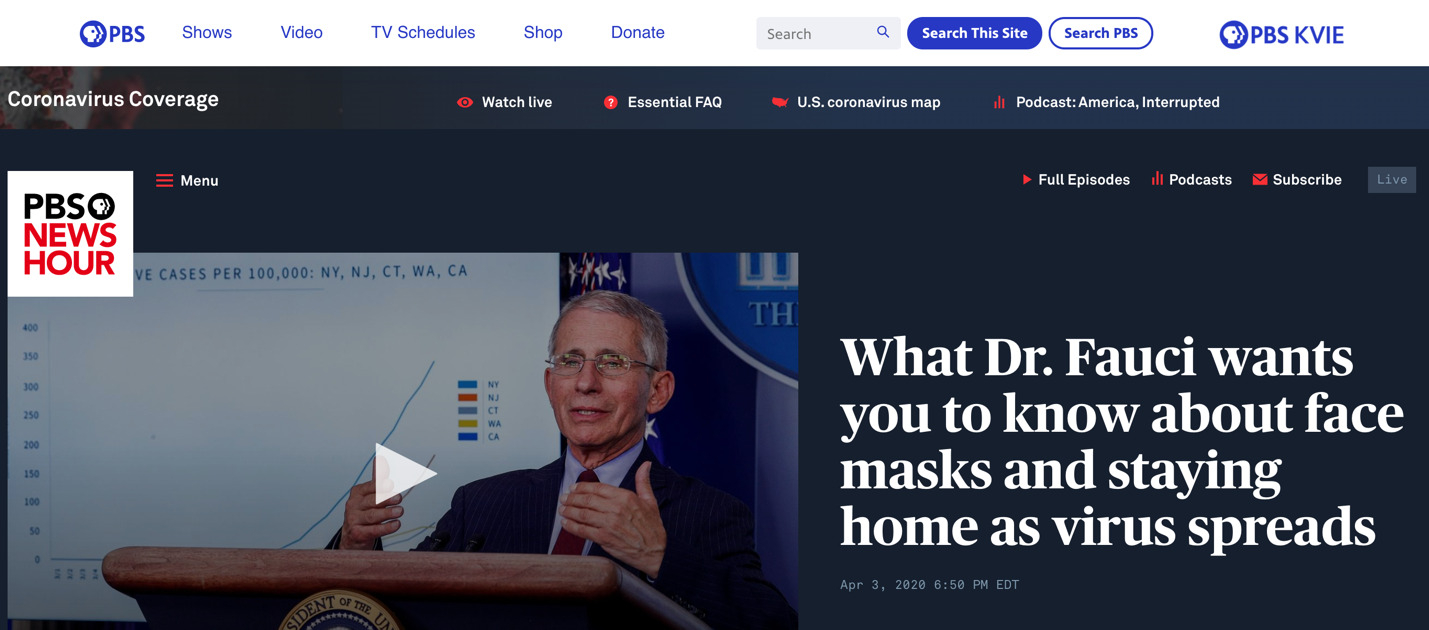
However, a mask is not 100% effective. If a mask was 100% effective, we would not be losing doctors and nurses who are working on the front lines at an alarming rate.
The bottom line is this: Drive at your own risk.
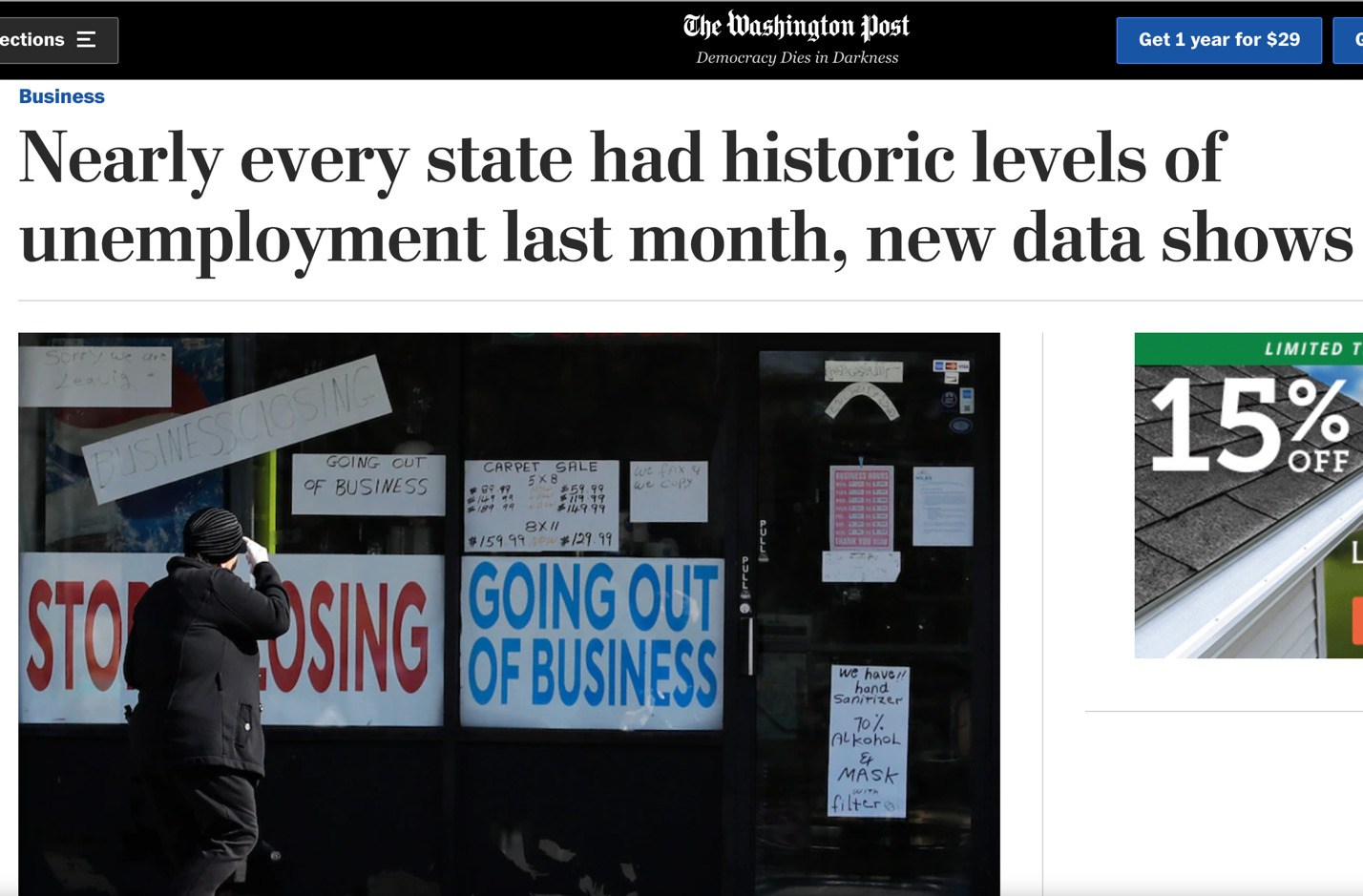
2) What Will Be The Demand For Rideshare?
There are a few factors to consider when answering this question. First, there are a tremendous number of people who have lost their jobs. According to a Washington Post article:
“Some economists said the new data should offer a cautionary tale to policymakers, a day after the Labor Department reported that roughly 38 million Americans have filed for unemployment benefits over the past nine weeks.
Absent additional federal aid, especially targeting the hardest-hit industries and states, the job losses could worsen, experts say, inflicting hard-to-erase economic hardship on workers and their families.”
How many of those newly unemployed will give rideshare driving a try? I think quite a few of them will have no choice. There are other side hustles people can try, but driving for Uber and Lyft is certainly one of the easiest.
The barrier to entry is low. The money is decent, and people need to work. People need money.
More new drivers are bad news for existing drivers. Given the same number of pings, that is fewer pings per driver.
This is why we’ve always recommended drivers diversify into other types of driving, like delivery driving with Instacart or DoorDash and ‘stuff’ delivery with Postmates or GoPuff.
In addition, we have to consider the demand for rides. Many of my passengers (pre-pandemic) were gainfully employed and often going to work or to the airport, or out to dinner or to a bar.
Since so many people are now unemployed (Uber recently let go of 6,700 employees!), it makes sense that ride demand will be down.
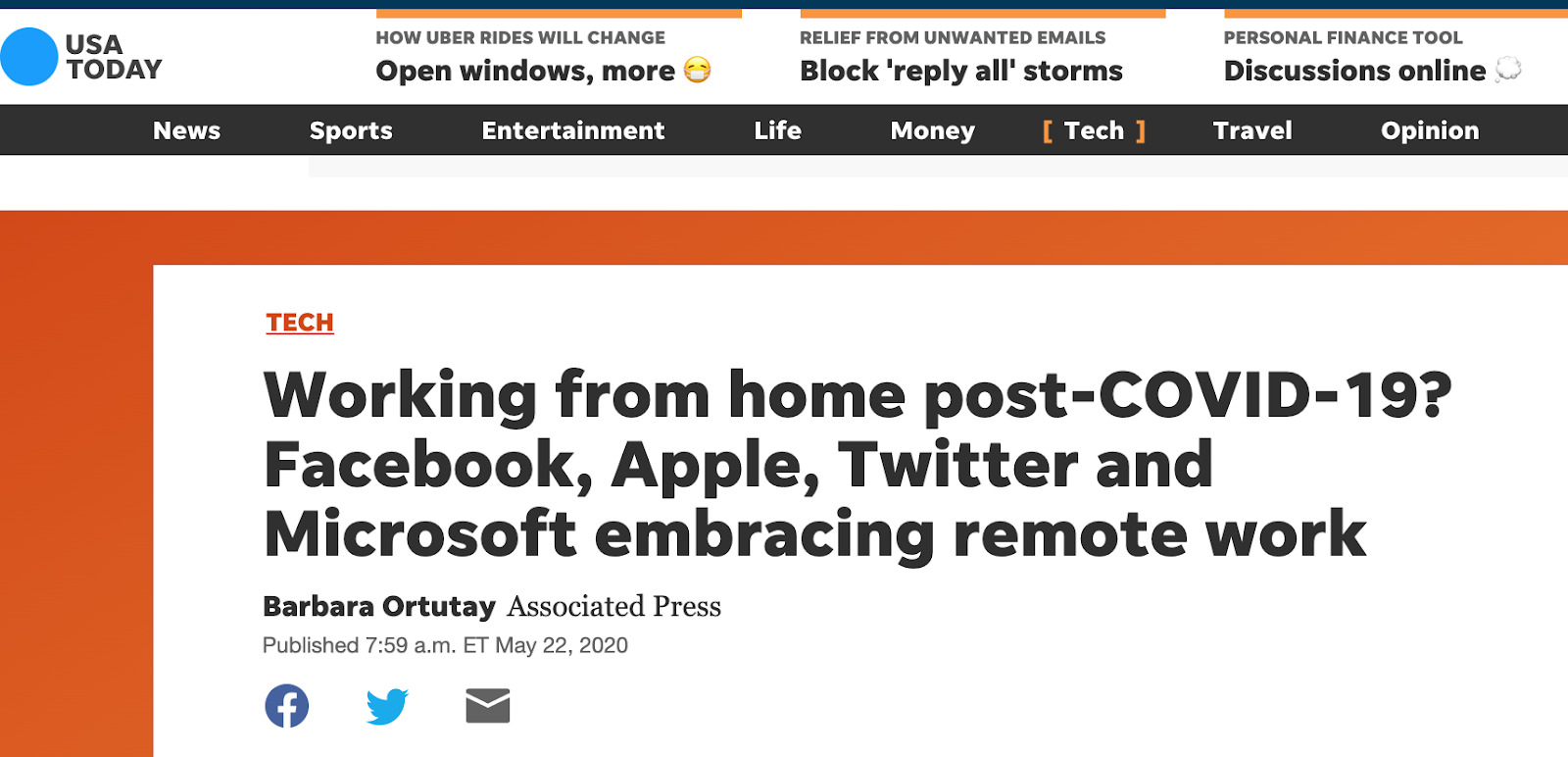 Also, companies such as Twitter and Apple are encouraging employees to continue to work from home. It’s cheaper than paying for expensive office space. That also means fewer people needing a ride to work.
Also, companies such as Twitter and Apple are encouraging employees to continue to work from home. It’s cheaper than paying for expensive office space. That also means fewer people needing a ride to work.
The bottom line is I believe demand will be significantly down due to more drivers and fewer passengers.
3) Are you Earning Enough on Unemployment?
As I write this, I am earning $767 per week in unemployment benefits. Soon, I am confident I will be earning $1,050 per week.
The maximum Unemployment Insurance (UI) benefit in California is $450 plus the Federal Pandemic Unemployment Compensation (FPUC) bonus of $600 for a total of $1,050 per week.
Make sure to find all the latest regarding rideshare unemployment at our YouTube channel here – I post new videos every week!
When I last drove in early February, I put in a long three day weekend. I drove 12 hours on Friday, 12 hours on Saturday, and 10 hours on Sunday. I made just over $1,000 dollars.
I spent $90 dollars on a place to stay, and $80 on gas. I put 1,000 miles on my car which is significant wear and tear. Additionally, I risked getting into an accident.
Driving over 30 hours in three days is also very stressful. That is quite a bit of effort on my part to earn a net of $800.
Furthermore, I work in San Francisco which is regarded as one of the best and highest paying driving markets in the United States.
My other choice is to stay home, safe in my house, and collect $1,050 without any of the costs and risks I detailed above.
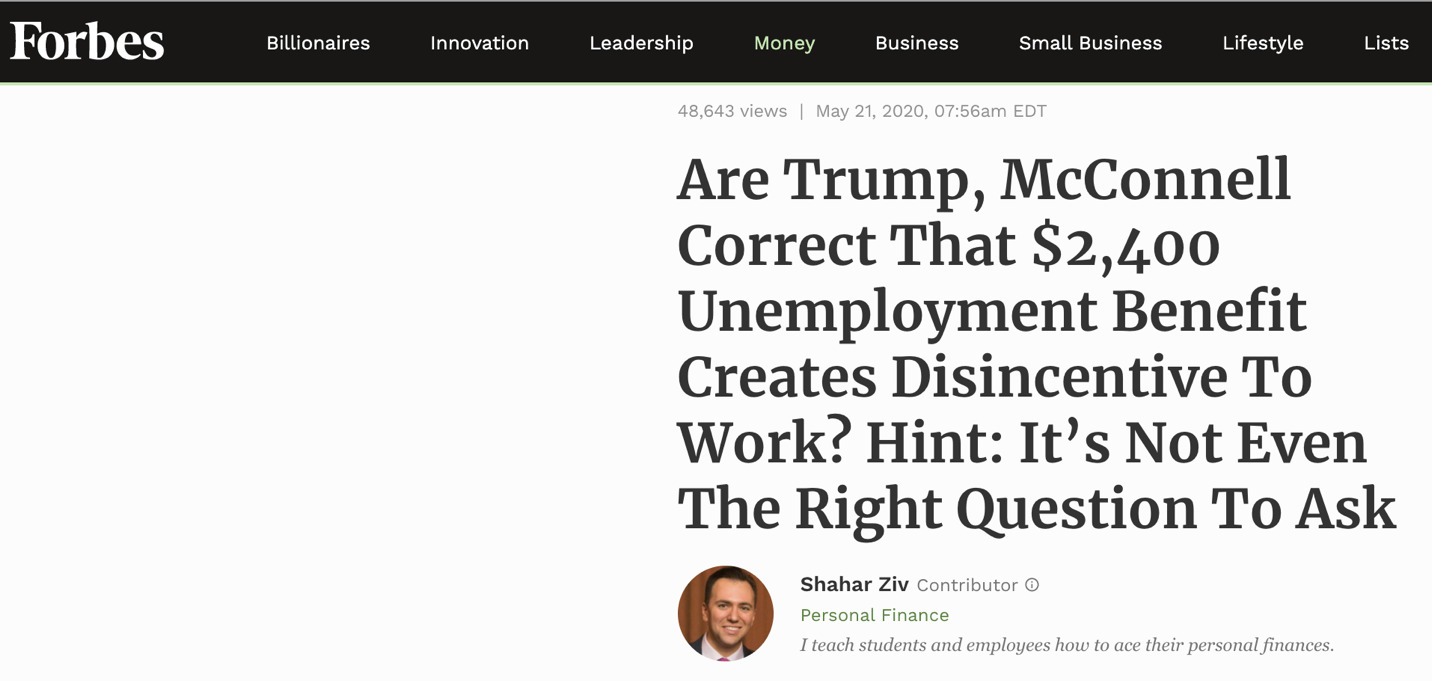 The current UI benefits will expire at the end of July. Most pundits predict those benefits will be extended due to the severe impact of the pandemic on the economy. The Democrats and Republicans will fight it out, but they usually end up somewhere in the middle.
The current UI benefits will expire at the end of July. Most pundits predict those benefits will be extended due to the severe impact of the pandemic on the economy. The Democrats and Republicans will fight it out, but they usually end up somewhere in the middle.
Let’s say for the purpose of this article, the $600 per week bonus is extended until the end of September. Would you go back to work in August, or sit it out another three months?
Certainly, it depends on how you answered the first several questions. However, even if you feel it is physically safe and demand will remain constant, is all the time and effort and work worth it for you?
4) Has Your Plan B Become Your Plan A?
For the 60% of us who stopped driving, have you put your free time to good use? Have you built a solid Plan B? Have you created something that is exciting for you to generate revenue?
In my case, I have. My Plan B is now my Plan A. Perhaps you are not quite as far along.
If you are looking for legit, money-making ideas that you can do long term, I recommend you check out our huge article on How to Make Money. There are over 100 ideas to get you started, with many long-term, work from home ideas like:
- Becoming a notary public
- Working as a freelance writer
- Becoming a blog publisher (it’s how Harry got started with RSG!)
- Starting a podcast
- Hosting webinars
And so much more – almost anything you can do, you can probably monetize.
Given that the UI benefits may end at the end of July (worst case scenario), and given the safety issue and the demand issue, will you focus between now and then to create an alternate way to make money that has a more promising future? There is nothing like a deadline to spur on inspired action.
Key Takeaways
Everything is different. The world is different. While we have been sheltering in place, the world of rideshare driving has changed.
For those of us who have been doing it for a long time, the changes are not attractive. If we compare now to then, it really sucks. Risking my health. Wearing a mask. Tons of new drivers. Tons of people either unemployed or now working from home.
The sky is not falling, but things will never be the same. Uber and Lyft are not going anywhere. Will you jump back into the fray, or will you walk away?
I have shared the questions I have been asking myself. I hope you find your answers and they get you excited about your future. Be safe out there.
Quick links:
- Thinking Beyond Rideshare Driving: Creating Your Plan B
- How to Make Money Fast: 100+ Legit Ideas You Can Start Now
- How to Make $100 Fast
- How to Make $1000
- The Best Side Hustles of 2020
